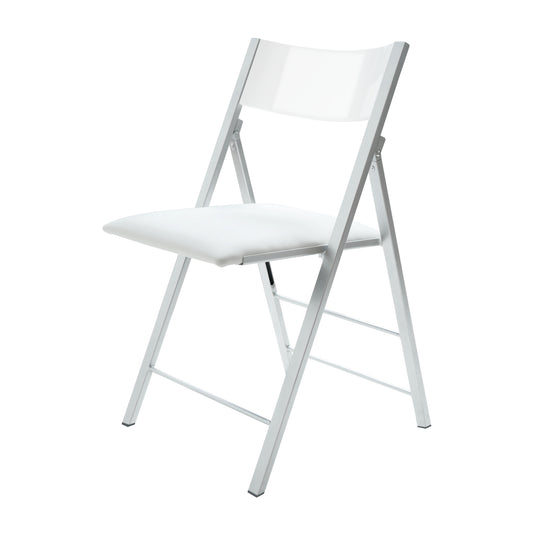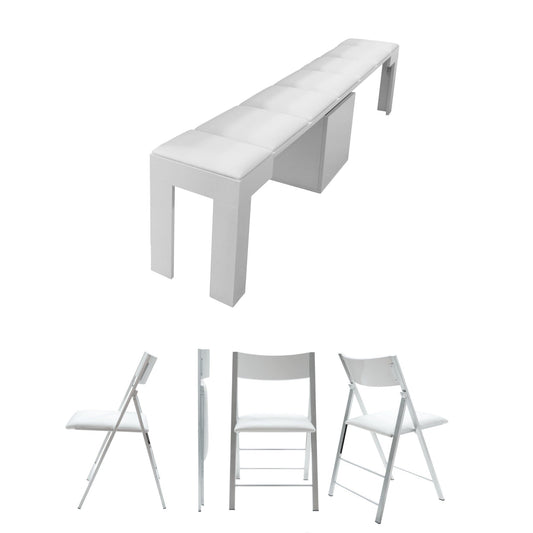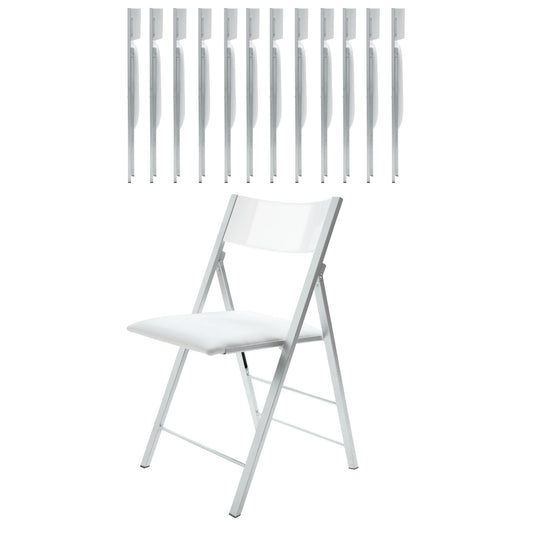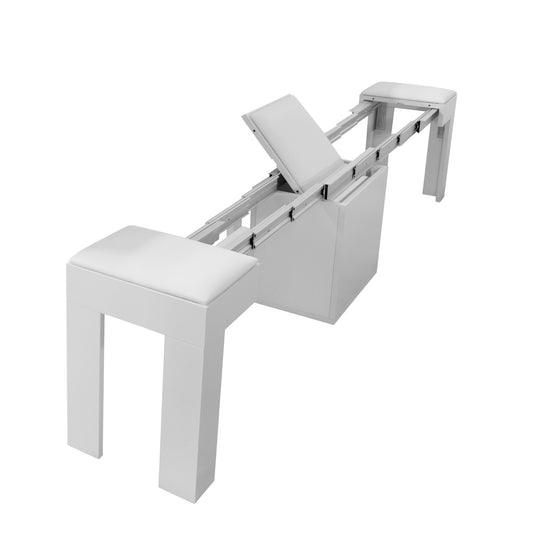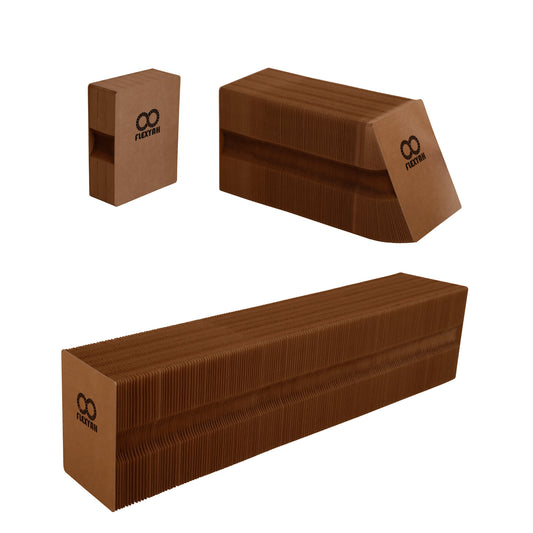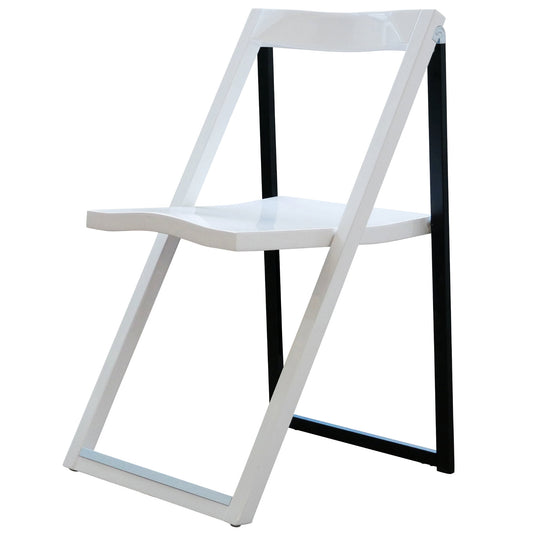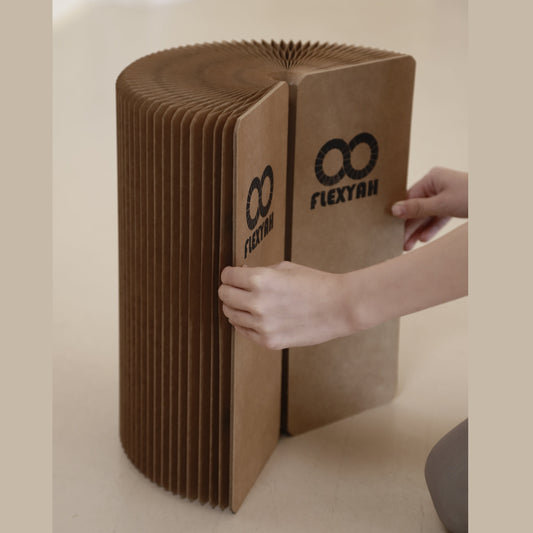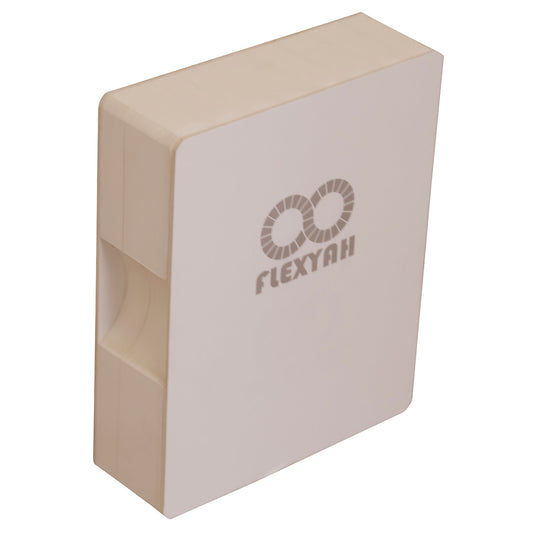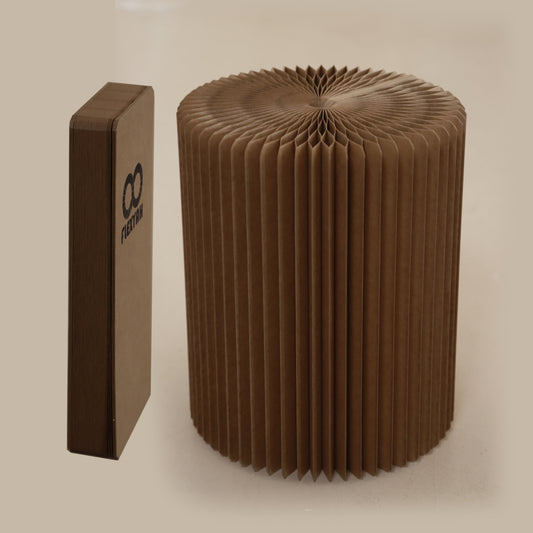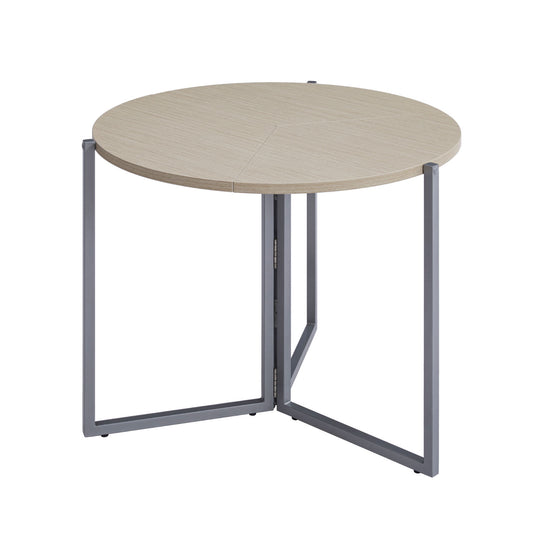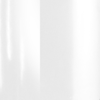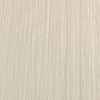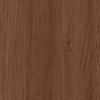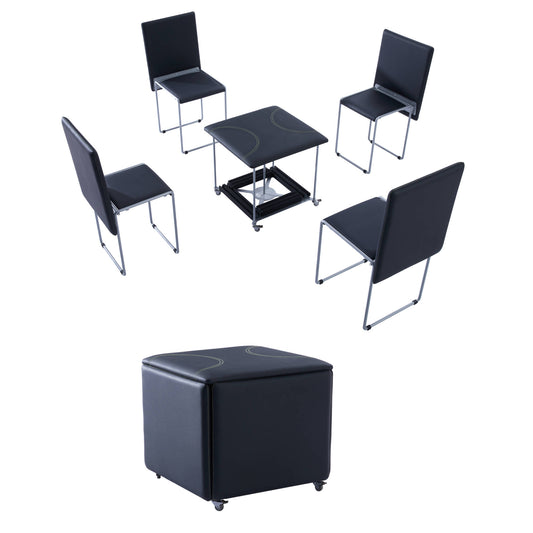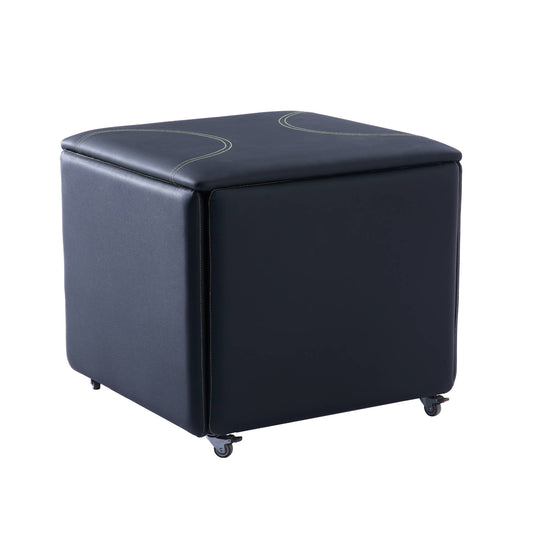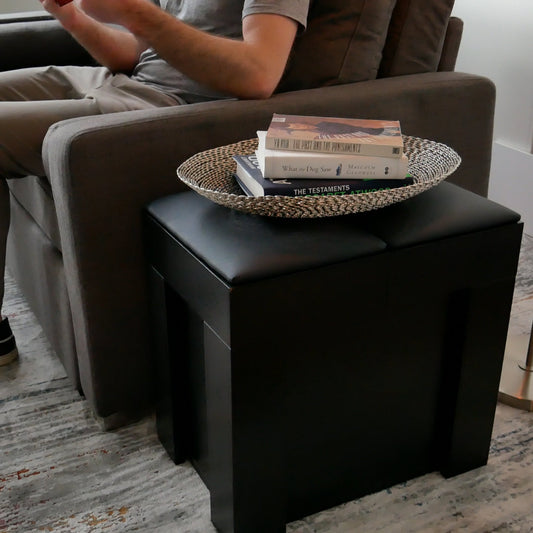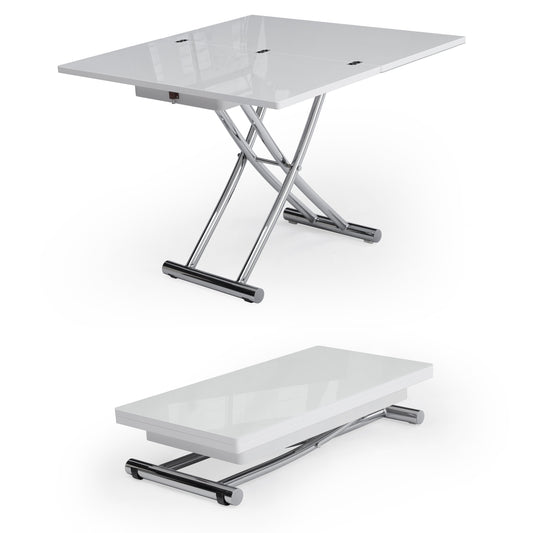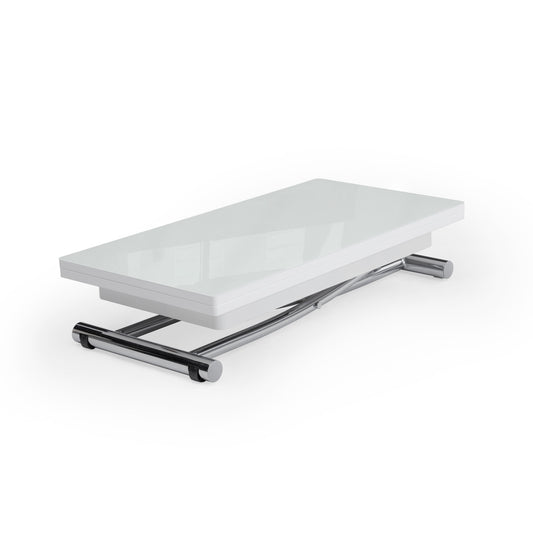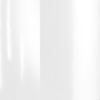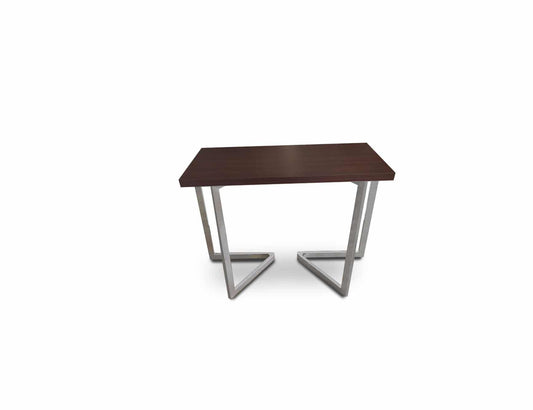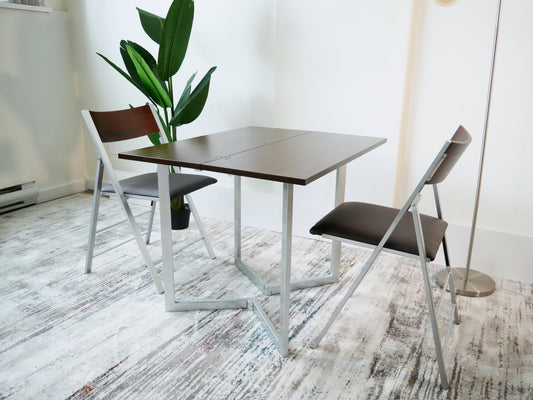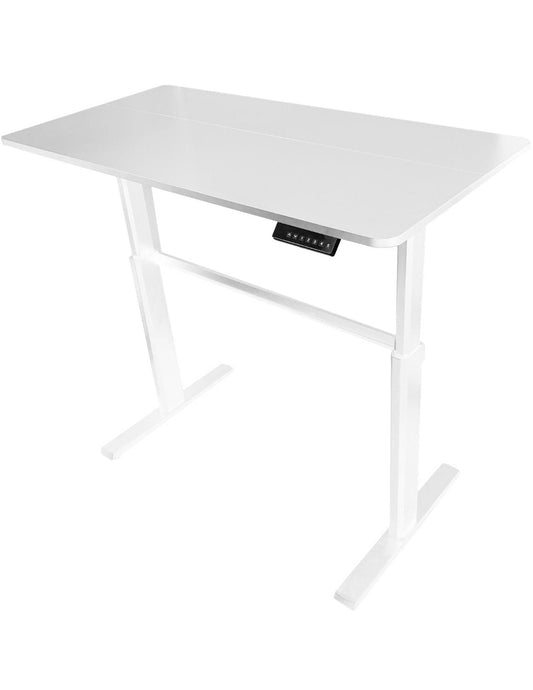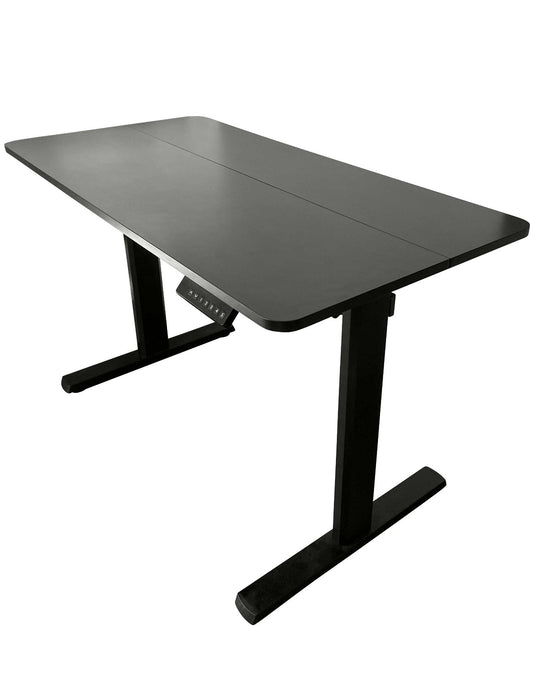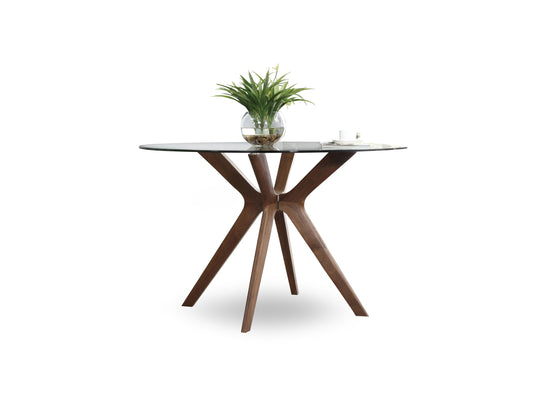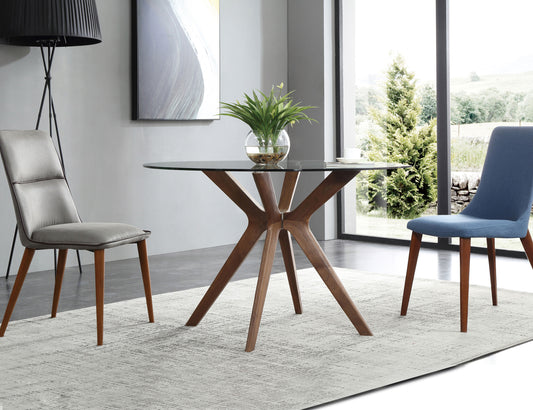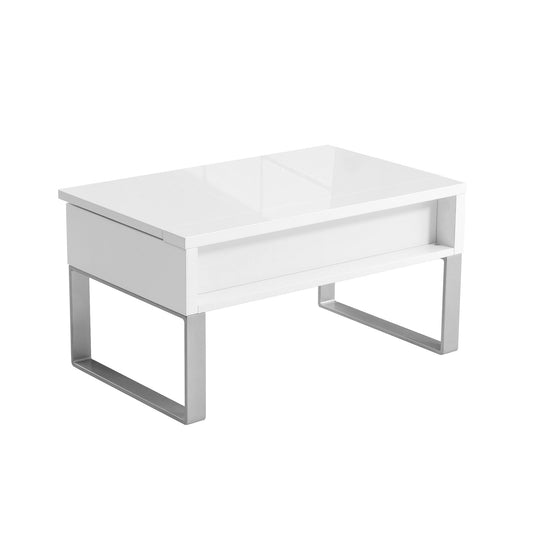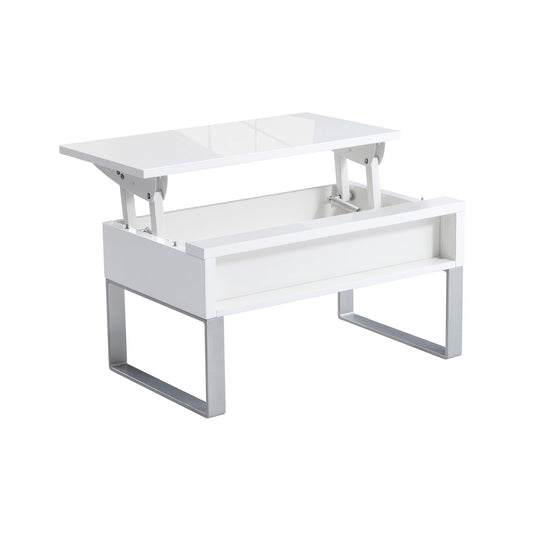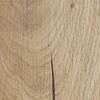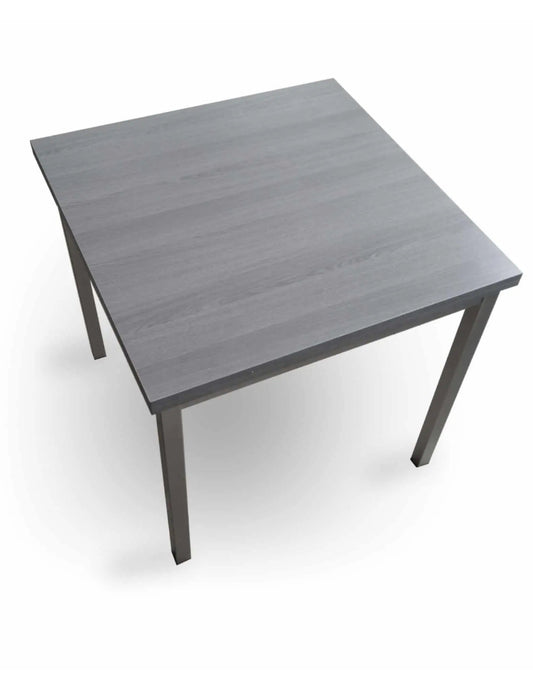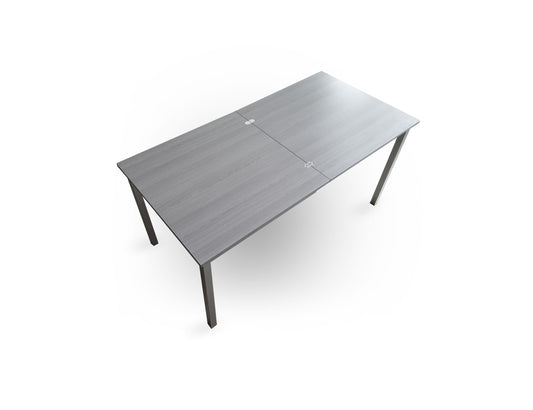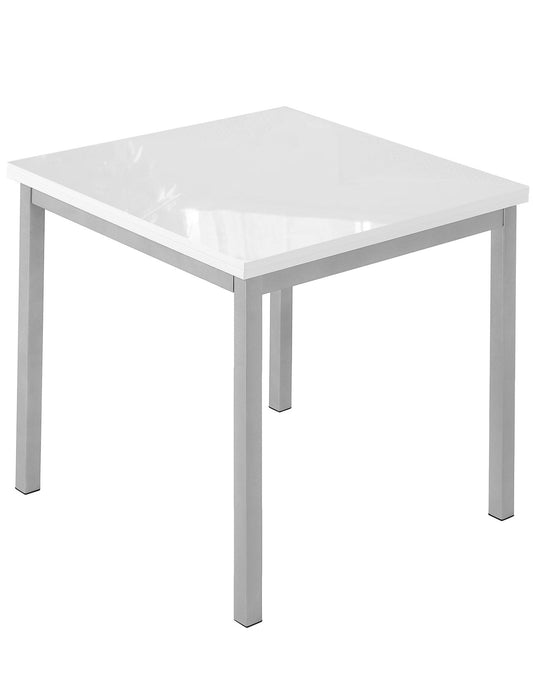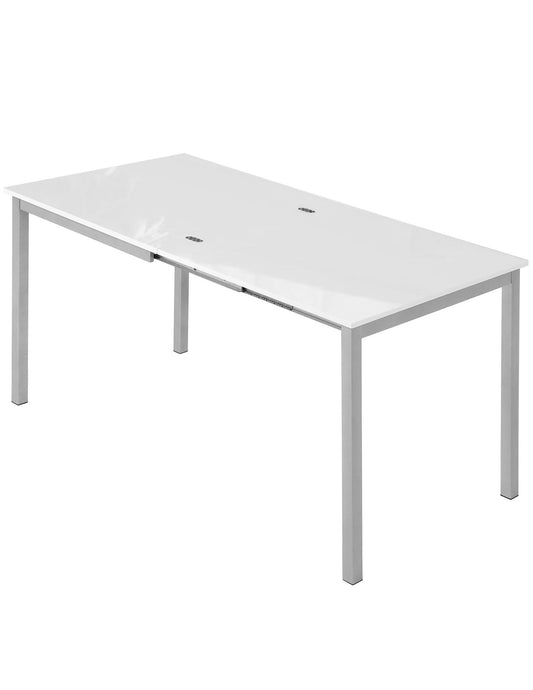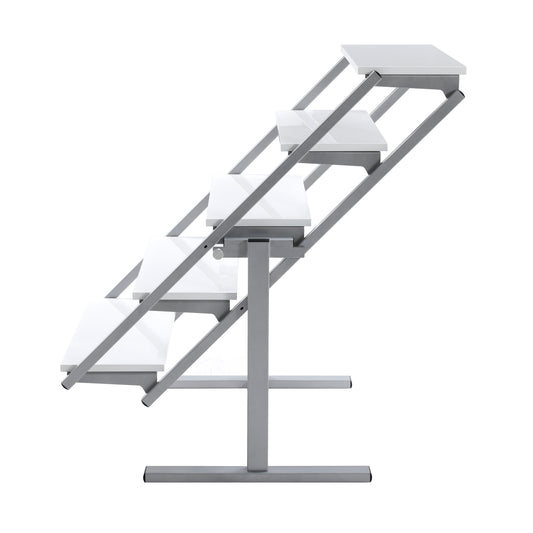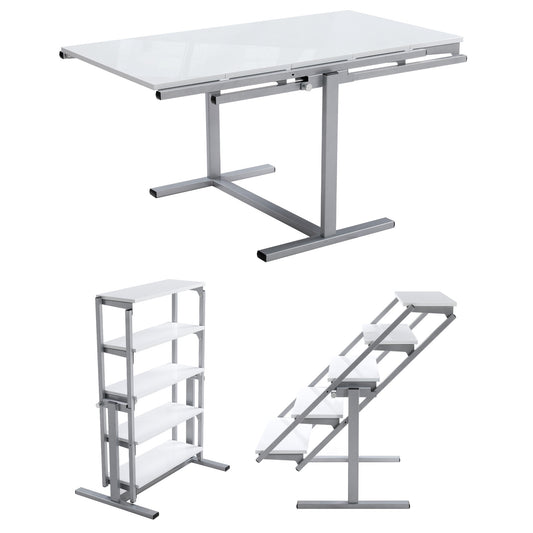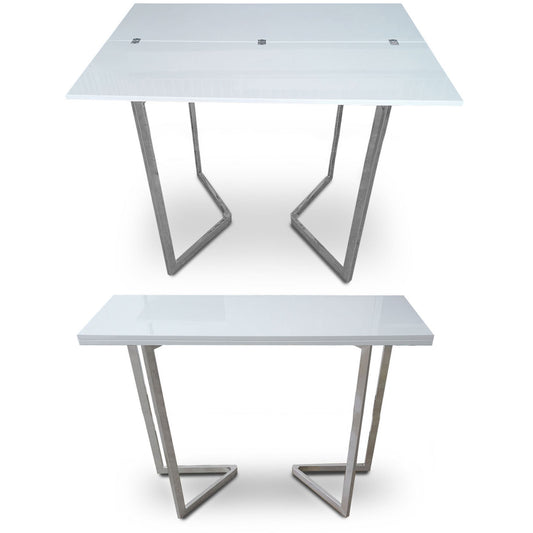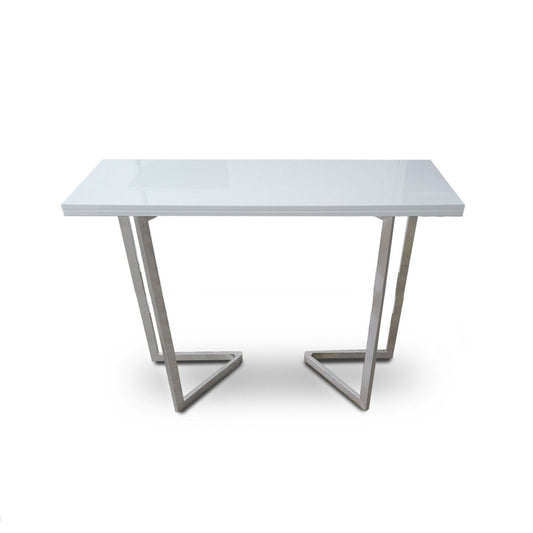Buying the Perfect Side Table
Choosing the right end table for your room is easy when you shop Expand Furniture’s collections. We’ve combined customer questions along with the feedback shoppers like you provided to create the buying guide below. Our goal is to help you feel confident that your new side table will not only match your space, but enhance it.
Matching vs. Multiple Styles
One of the first things to think about when buying a set is if you should purchase matching end tables or multiple shapes and sizes so they become accent pieces. For a completed and uniform style with classic and traditional aesthetics, you’ll want to go with matching ones. They give a completed look and feel so the focus isn’t on the mis-matched shapes, but instead on the completed set which includes the coffee table, couch, lamps, and other furniture.
Mixed side tables give a break from uniformity adding a modern and asymmetrical type of balance to a space. They’re perfect for contemporary, modern, and larger spaces where you want furniture to be talking pieces while keeping eyes moving around vs. grounded. The mixed shapes create flow and movement vs. balance, so there is an energy in the room design vs. a static space.
Shop by Shape
The shape of your end tables matters as much as the size, height, and matching or mixed sets. Some shapes provide more surface area while others provide more room to move about and access furniture like beds and couches.
Round
Round end tables are perfect for smaller spaces like bedrooms, apartments, and smaller family or living rooms as the curved sides allow for people to walk by and maneuver more easily than corners. Round side tables also add a softness that can ease a couch with boxed designs and look fantastic along curved seating like chairs or couches and lounges with extra fill and pillows.
They’re a top choice for bedrooms as the curves are comforting and relaxing and they look great with bedside lamps.
Rectangles
Rectangles are perfect for space saving as they tend to be narrow making them ideal for tiny spaces, in between a couch and a wall, and in smaller homes like an apartment. Because they’re compact, they’re perfect for a bedside end table or next to a couch in a family room so you can set a drink or snack down while watching TV.
Squares
Squares are ideal for larger spaces where people can move around easily and not worry about bumping into the end table. When you’ll be setting more items on it, the surface area is larger than a round end table making it more functional. Both square and rectangular side tables are likely to have storage, so they’re perfect for decluttering.
If the accent piece is going in or near a corner, the square shape will fit perfectly making the space feel complete while not leaving a gap between the corner and the table. With a round end table, items will fall through the space making you have to climb under to pick them back up.
Square shapes also complete and ground the space as they create linear lines that match your furniture helping everything to feel complete. This makes them perfect for open floor plans where you ground the sitting space with a rectangular area rug.
Shop By Rooms
Bedrooms
For bedrooms you’ll want to buy a round side table next to a bed with an open space next to it and square if it is against a corner. The round table will feel softer and more relaxing than square, helping to create a comforting sleep space. The square aligning with the corner is helpful when you’re tired and need to set something down as there is no open gap for the item to fall through.
Having to get out of bed and find the item is not something you want to do when you’re tired making this shape ideal when the side table goes next to the bed and a corner.
Square side tables are also perfect for bedrooms next to desks and vanities or dressing mirrors as they can hold more items on top with the extra surface area and often have storage space inside via a drawer.
If the side table will be by the entrance to the room or outside of a closet or bathroom door, go with round. The corners of the square make it tricky to move around the table and can cause you to bump into it, especially if you’re getting ready for bed.
Game, and Family Rooms
For modern aesthetics go with mix and match shapes or unique surfaces instead of the standard round, square, and rectangle. Or try pairing rectangular coffee tables with round or square accent tables.
With classic, traditional, and places where you want a grounded feel, keep the tables consistent. If you have a rectangular coffee table and couch, go with square or rectangular side tables to keep the space even. If you have a circular coffee table, overstuffed couches and round chairs, and a round area rug, go with round side tables to keep the soft and comfortable feeling of the room in tact.
Living, Great, and Sitting Rooms
For larger spaces where you want people to move around, sit and enjoy, or allow eyes to focus on art work and the space, curves, mix-and-match pieces, and abstract shapes are best. They create a flow for the space while being functional places to set drinks. They display art like a glass bowl or sculpture, and are perfect for holding decor like a vase. The goal is to keep the room’s energy flowing and the multiple styles or unique shapes help create this movement.
Frequently Asked Questions
Now that you know which shapes and styles to buy based on your room, here’s a few questions shoppers had before making their purchases.
Does it matter if it is a side, end, or accent table?
No, these three terms can all be used interchangeably and the furniture can be used in any room or space.
The differences are very slight and include:
- Side tables referencing a surface and a base.
- End tables sometimes having storage like a drawer.
- Accent tables referencing a surface area that accents the other furniture.
Buy whichever of the three meets your preference style wise and works for your space.
What is the correct size to buy?
The size of the end table will depend on where in your home it will be. You want to leave space to move around the end table while having it complement the room. Here is a good guide to the sizes.
- Next to couches - End tables should leave at least one to two inches from the side of the couch to avoid being bumped as people move around while being able to provide ample space to set items on when seated.
- Next to beds - When placing a side table next to a bed you want to ensure it has at least one to two inches away from any entrance like a doorway from a hall, closet, or bathroom. The side table should leave room for you to sit up and exit the bed without having to scoot down the mattress.
- In living rooms - When you have more space you want to leave at least one inch from the front of a seat or couch and one inch from the back if the seats are not against a wall. This way there is plenty of space to walk around the furniture which is important for open floor plans.
How tall should it be?
A side table for a bed should be around the same height or within one inch as the top of the mattress so you can easily see an alarm clock, easily set down and pick up items like eye glasses or a cup of water.
End tables next to a couch should be the same height as the arms of a couch with lower arms like a track arm style. For raised arms like roll, curved, and pleated, the top of the end table should sit within two inches from the top of the arm allowing the design of the couch to take center stage and the end table to accent it.

